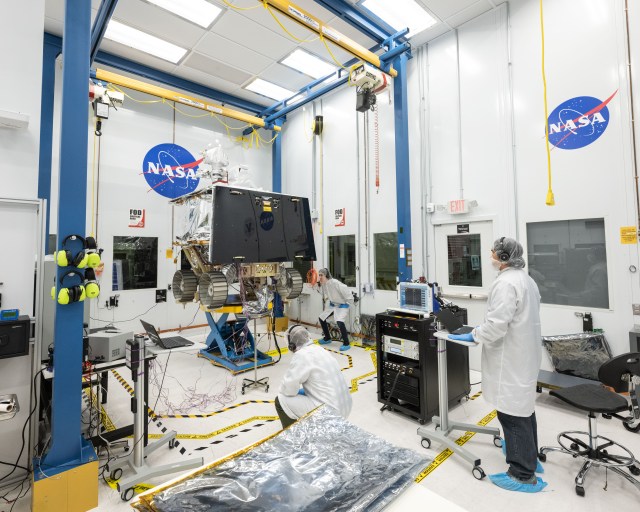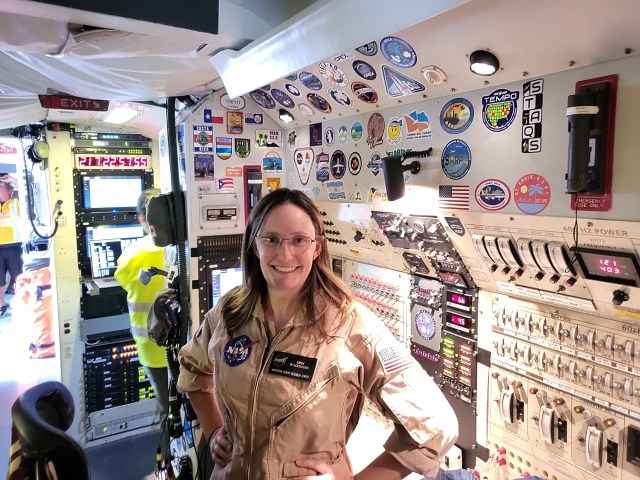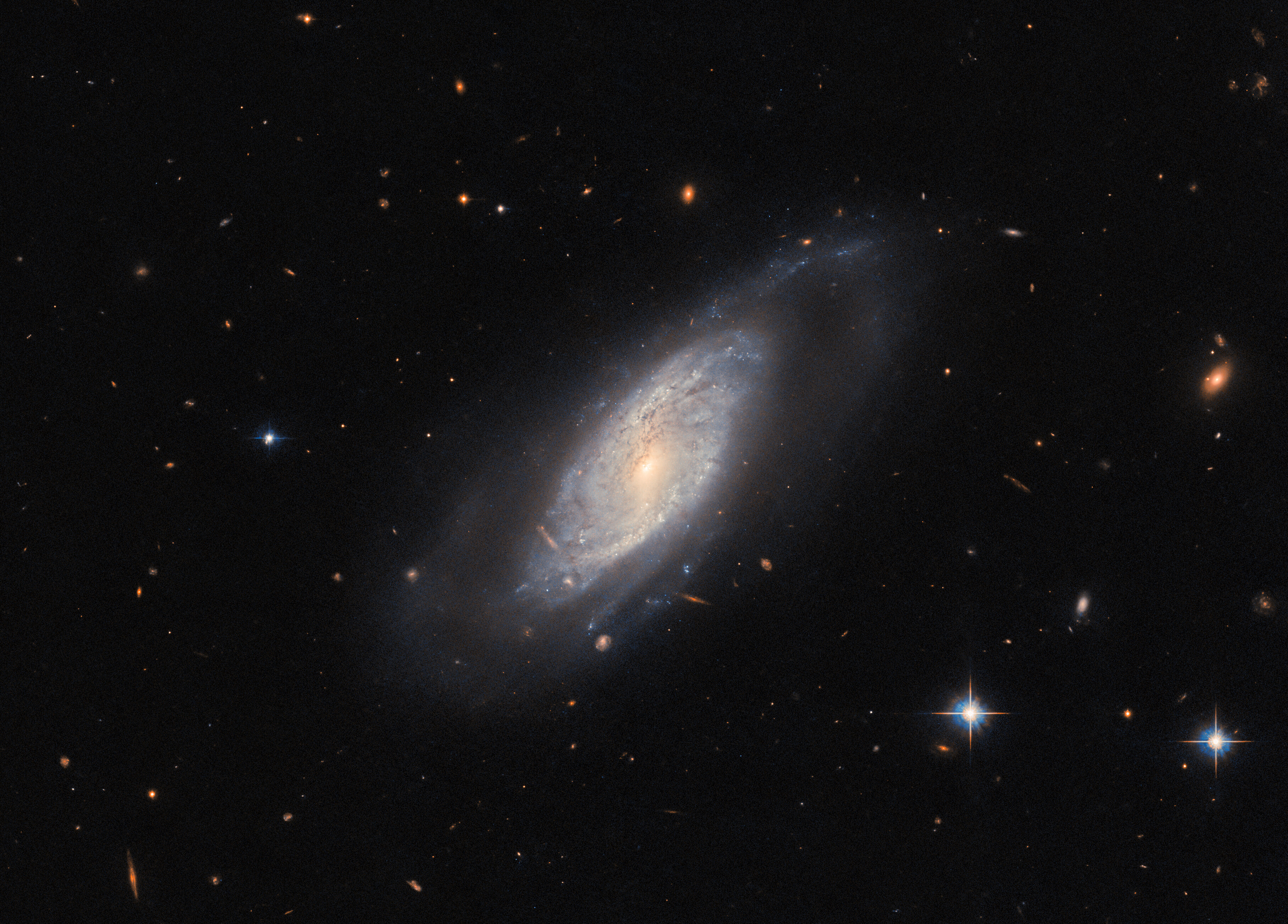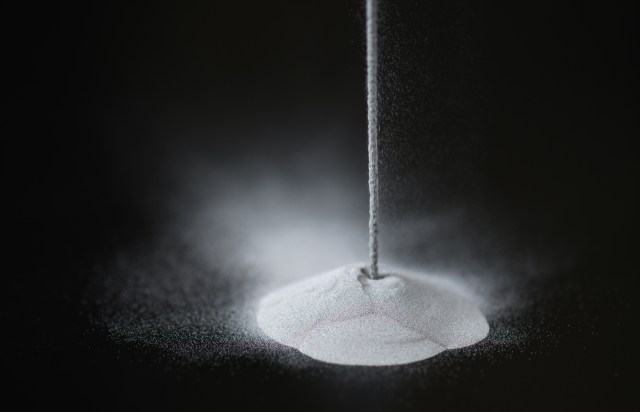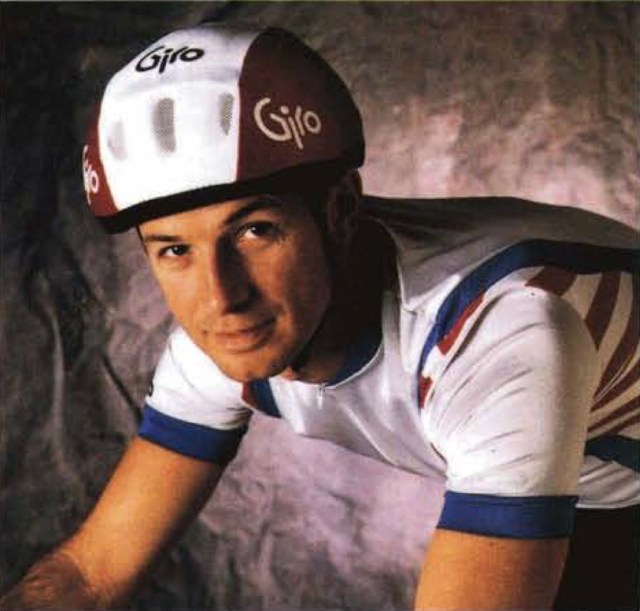
Supersonic Shock Waves of a T-38C Aircraft
In the wake of recent success with air-to-air schlieren photography using the speckled desert floor as a background, researchers at NASA’s Armstrong Flight Research Center, Edwards, California, are now looking to the heavens for backgrounds upon which to capture images of supersonic shock waves using ground-based cameras. A bright light source and/or speckled background – such as the sun or moon – is necessary for visualizing aerodynamic flow phenomena generated by aircraft or other objects passing between the observer’s camera and the backdrop. This patent-pending method, made possible by improved image processing technology, is called Background-Oriented Schlieren using Celestial Objects, or BOSCO. This schlieren image of shock waves created by a T-38C in supersonic flight was captured using the sun’s edge as a light source and then processed using NASA-developed code. Researchers at Armstrong and NASA’s Ames Research Center at Moffett Field, California, have developed new schlieren techniques based on modern image processing methods. Shock waves, represented by distortions of the background pattern in a series of images, are accentuated using special mathematical equations. This method requires only simple optics and a featured background, that is one with a speckled appearance such as the cratered lunar surface or the mottled appearance of the sun when viewed through certain filters.
- X


